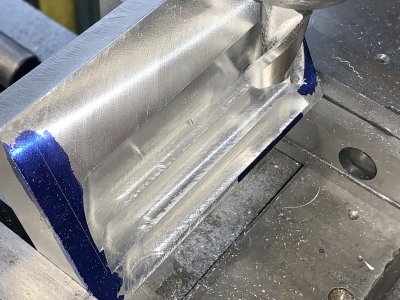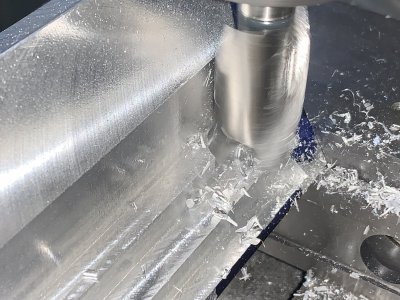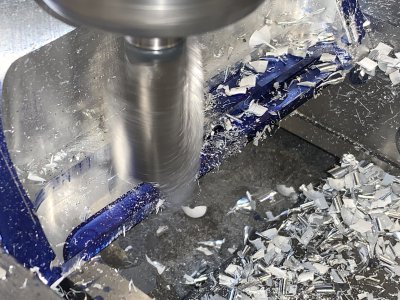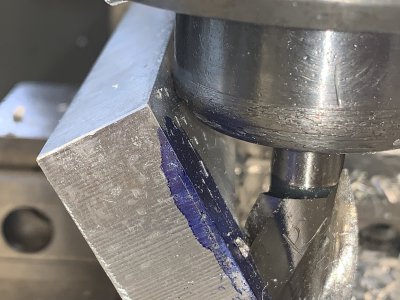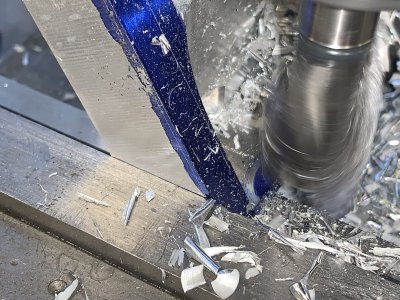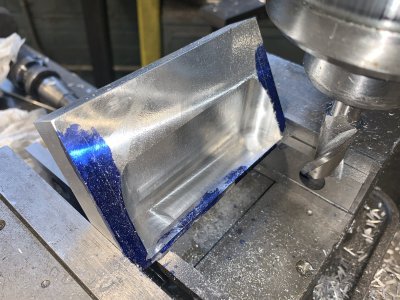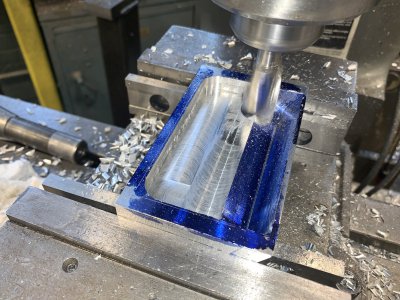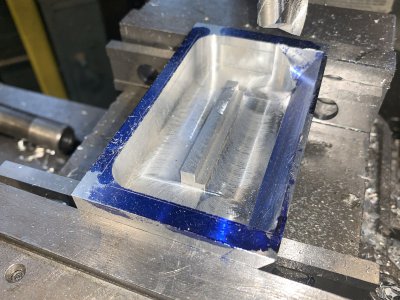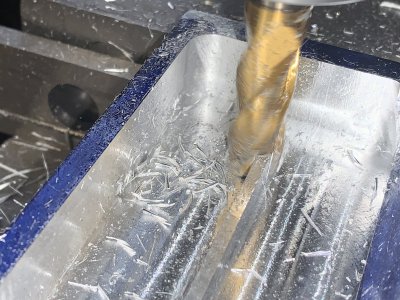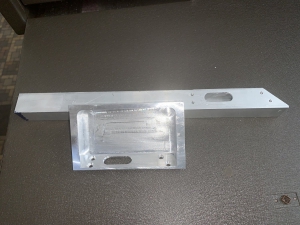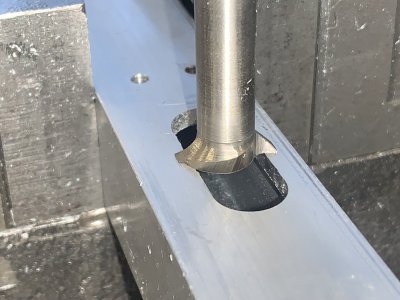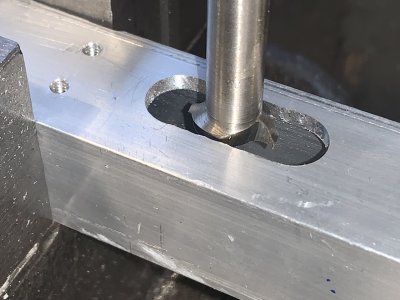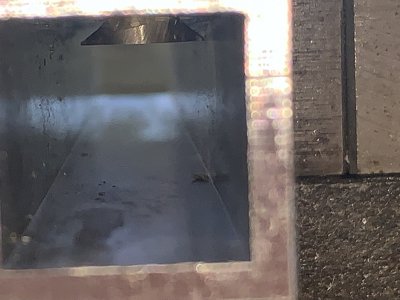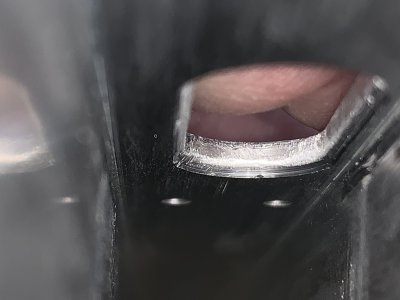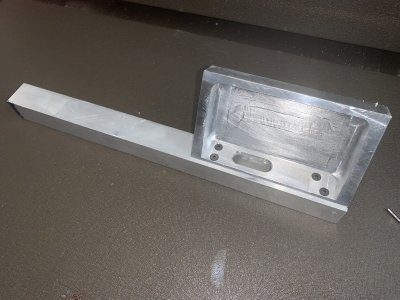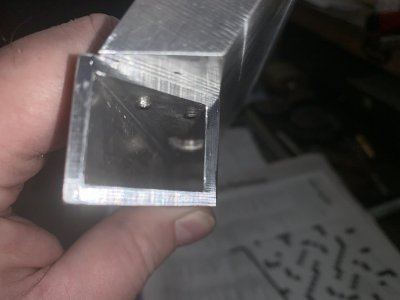- Joined
- May 7, 2023
- Messages
- 1,341
Yeah, I believe Edelstaal was originally an Austrian company who had a US branch in NJ.just found some impressive stuff... first Edelstaal tooling was made in Tenafly NJ..
Second, they made big stuff too.
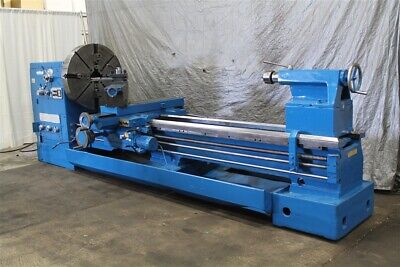
40" X 120" EDELSTAAL GAP BED ENGINE LATHE: YODER #59735 | eBay
YODER MACHINERY SALES. SWING IN GAP. . DISTANCE BETWEEN CENTERS. 120". We load for free. S hipping rates available! SPINDLE HOLE. . MODEL. . SMA 1000 X 5000.www.ebay.com
They made the Unimat line beginning in the 50s or 60s and put out some really nice stuff aimed at the home shop types for that time. Seems like this tooling system was designed around the smaller machines and offered a cheap and easy way for the novice to get setup without having to first learn about cutting geometry's.
And as you found, they made or at least partnered with companies who made big machines also. That lathe seems to be a Yoder what was either made by or for Edelstall or vise versa.
I toured the Trenton Siemens plant during my apprenticeship a couple times when it was DEMAG DELAVAL TURBOMACHINERY and they had a similar lathe that was so big there was an operators stand that travelled with the carriage. Two men could stand on one side and a third on the tailstock side to operate the travelling tailstock. The machine was something like a 72" turning diameter by 40' long between centers and it had its own overhead crane that spanned the length to change out tooling and chucks.
The thing was said to have its own atmosphere when operated for long periods due to the heat from the chips and the airflow the heat created. The room was probably 60' high and you could see a mushroom cloud of smoke and coolant steam above it.
I have some pictures from there which are unfortunately lost in my house, and in one of them my buddy is sitting on a 5 ton lead hammer that is swung via a crane to gently bump 20 ton castings into place. The hammer had a brass face that weighed nearly 500lbs and was 2' across.
The small lathes in this place, their idea of a toolroom lathe was 18" X 90", truly massive machines.
Someday Ill find those pics.


![IMG_3436[1].JPG IMG_3436[1].JPG](https://www.hobby-machinist.com/data/attachments/417/417327-e9359ef29365c6a46553006ce64ef970.jpg)
![IMG_3435[1].JPG IMG_3435[1].JPG](https://www.hobby-machinist.com/data/attachments/417/417329-a2993b78d71a62fb20898ba74e6a765b.jpg)
![IMG_3438[1].JPG IMG_3438[1].JPG](https://www.hobby-machinist.com/data/attachments/417/417330-0114b3b085c0880c3a58fb3aacc9d27b.jpg)
![IMG_3440[1].JPG IMG_3440[1].JPG](https://www.hobby-machinist.com/data/attachments/417/417332-3e93800d621b977b77d6189b916bffaa.jpg)
![IMG_3442[1].JPG IMG_3442[1].JPG](https://www.hobby-machinist.com/data/attachments/417/417333-ad704e3f6baf521929e73f597b3812c4.jpg)
![IMG_3437[1].JPG IMG_3437[1].JPG](https://www.hobby-machinist.com/data/attachments/417/417328-9463e8a4ff63346d31346865e72afc08.jpg)
![IMG_3450[1].JPG IMG_3450[1].JPG](https://www.hobby-machinist.com/data/attachments/417/417335-c51071f1c81c7acd522fc8bff9b7c583.jpg)
![IMG_3427[1].JPG IMG_3427[1].JPG](https://www.hobby-machinist.com/data/attachments/417/417331-031a3d52db98e8a05d4c6d6b19b85c24.jpg)
![IMG_3445[1].JPG IMG_3445[1].JPG](https://www.hobby-machinist.com/data/attachments/417/417334-95c4dc6fee92ea5a62cef850779ac65c.jpg)
![IMG_3451[1].JPG IMG_3451[1].JPG](https://www.hobby-machinist.com/data/attachments/417/417336-622f593ad90cc86e65bfec09c7e2f951.jpg)
![IMG_3458[1].JPG IMG_3458[1].JPG](https://www.hobby-machinist.com/data/attachments/419/419056-b56c2e3c5367b93d703949a860dd83f9.jpg)
![IMG_3469[1].JPG IMG_3469[1].JPG](https://www.hobby-machinist.com/data/attachments/419/419057-87d073d9d590f894f032c69f5d26f65d.jpg)
![IMG_3472[1].JPG IMG_3472[1].JPG](https://www.hobby-machinist.com/data/attachments/419/419059-889c84a25ea179bedfaec28750448ee7.jpg)
![IMG_3473[1].JPG IMG_3473[1].JPG](https://www.hobby-machinist.com/data/attachments/419/419060-13faea1f842f5a104d9caeeec4b6da57.jpg)
![IMG_3471[1].JPG](/data/attachments/419/419058-ac9a494e6982ecda88548da1125c17d8.jpg)
![IMG_3502[1].JPG IMG_3502[1].JPG](https://www.hobby-machinist.com/data/attachments/419/419278-ae13f668786182b0e0fa28239b6f8990.jpg)
![IMG_3504[1].JPG IMG_3504[1].JPG](https://www.hobby-machinist.com/data/attachments/419/419279-e15a46ee9cd60e831e38a11de1f96594.jpg)
![IMG_3505[1].JPG IMG_3505[1].JPG](https://www.hobby-machinist.com/data/attachments/419/419280-d211d53dc46d3c825444d226350f5c97.jpg)

![IMG_3506[1].JPG IMG_3506[1].JPG](https://www.hobby-machinist.com/data/attachments/419/419281-e4d23ea889a3d2619eb4f851c3660be2.jpg)

![IMG_3511[1].JPG IMG_3511[1].JPG](https://www.hobby-machinist.com/data/attachments/419/419282-4c5eeee4e0e01ca3a55fcb1594ac06aa.jpg)
![IMG_3515[1].JPG IMG_3515[1].JPG](https://www.hobby-machinist.com/data/attachments/419/419283-a89beed9cad98a782c792d8dbc0e321d.jpg)
![IMG_3521[1].JPG IMG_3521[1].JPG](https://www.hobby-machinist.com/data/attachments/419/419285-c4727ec9f2d4cad33ffa6be495b62754.jpg)
![IMG_3522[1].JPG IMG_3522[1].JPG](https://www.hobby-machinist.com/data/attachments/419/419297-975e4529f9bd5031ebe8dde4fa34315f.jpg)
![IMG_3523[1].JPG IMG_3523[1].JPG](https://www.hobby-machinist.com/data/attachments/419/419286-77db29d7ed1efc69bf34bc00673d2a53.jpg)
![IMG_3525[1].JPG IMG_3525[1].JPG](https://www.hobby-machinist.com/data/attachments/419/419287-b0b20a5805926152c1e28458b5b38e7e.jpg)
![IMG_3526[1].JPG IMG_3526[1].JPG](https://www.hobby-machinist.com/data/attachments/419/419288-84b4097a64d86f8211b4fb7bde161aee.jpg)
![IMG_3527[1].JPG IMG_3527[1].JPG](https://www.hobby-machinist.com/data/attachments/419/419289-472a8d4c5274329d12dbe9d175e69f97.jpg)
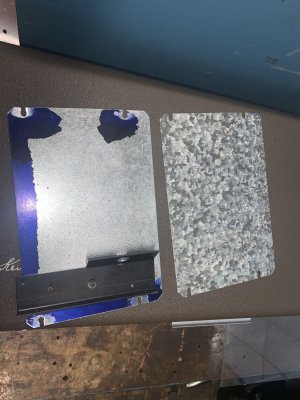
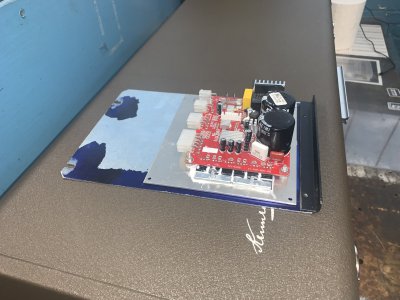
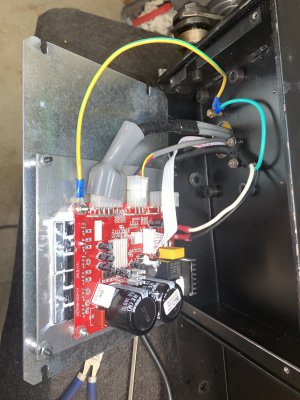
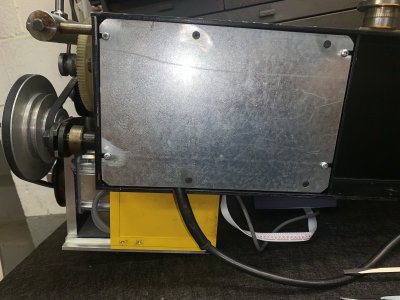
![IMG_3563[1].JPG IMG_3563[1].JPG](https://www.hobby-machinist.com/data/attachments/421/421072-dc15b14eb52f57bed80925492475ac47.jpg)
